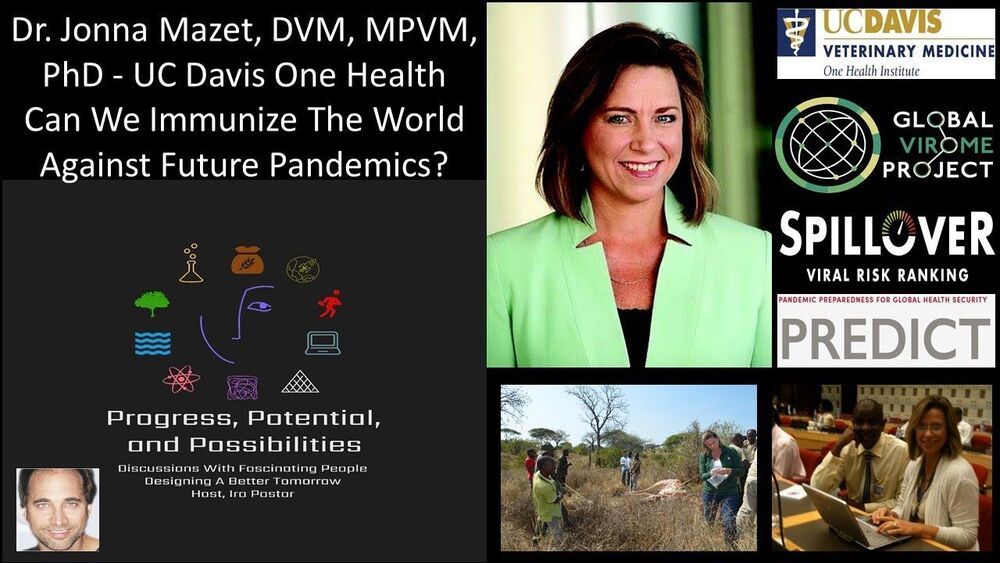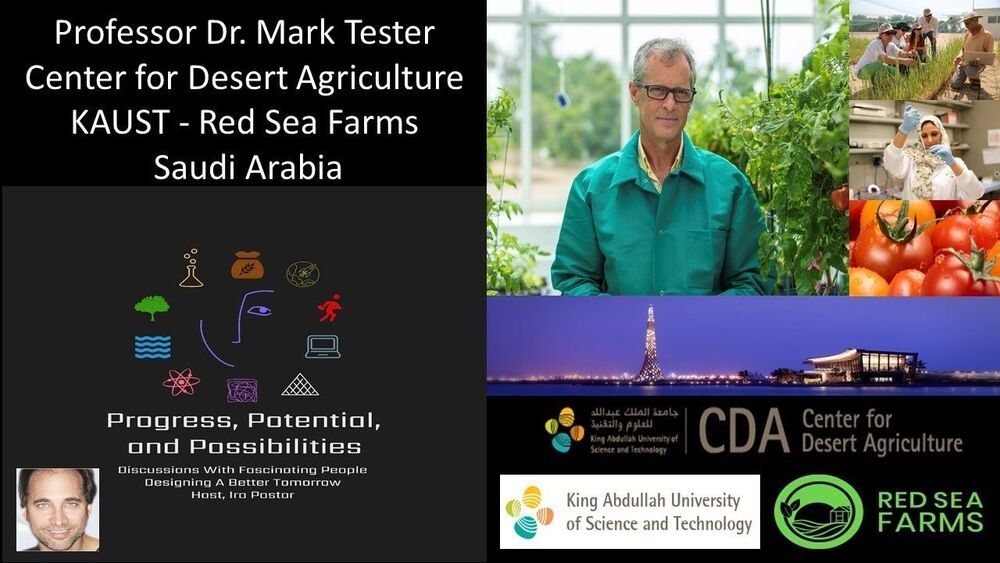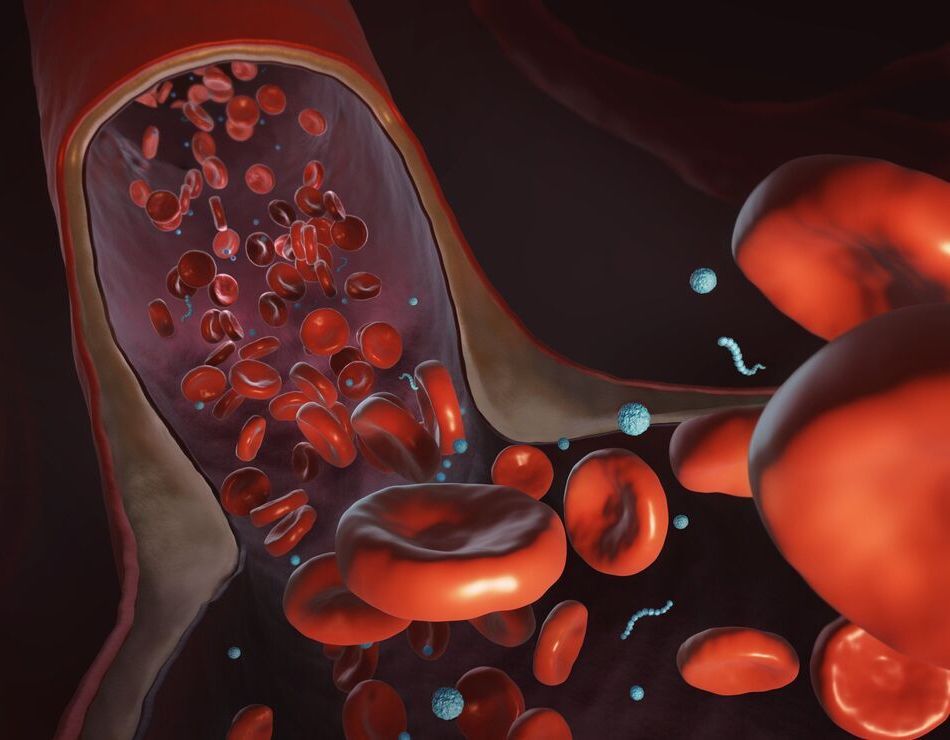May 14, 2021
Episode 50 — Bioengineering Our Human Species To Reach The Stars
Posted by Bruce Dorminey in categories: bioengineering, genetics, space
Great new episode with renowned geneticist Christopher Mason who talks about his book on how we will need to bioengineer our own species in order to expand beyond our solar system.
Geneticist Christopher Mason chats about his new book, “The Next 500 Years: Engineering Life to Reach New Worlds” from MIT Press. We discuss both the nuts and bolts and the philosophy driving our expansion offworld. Mason’s goal is to preserve our species by expanding to an Earth 2.0 in order to avoid our star’s own Red Giant endgame.
Continue reading “Episode 50 --- Bioengineering Our Human Species To Reach The Stars” »


















